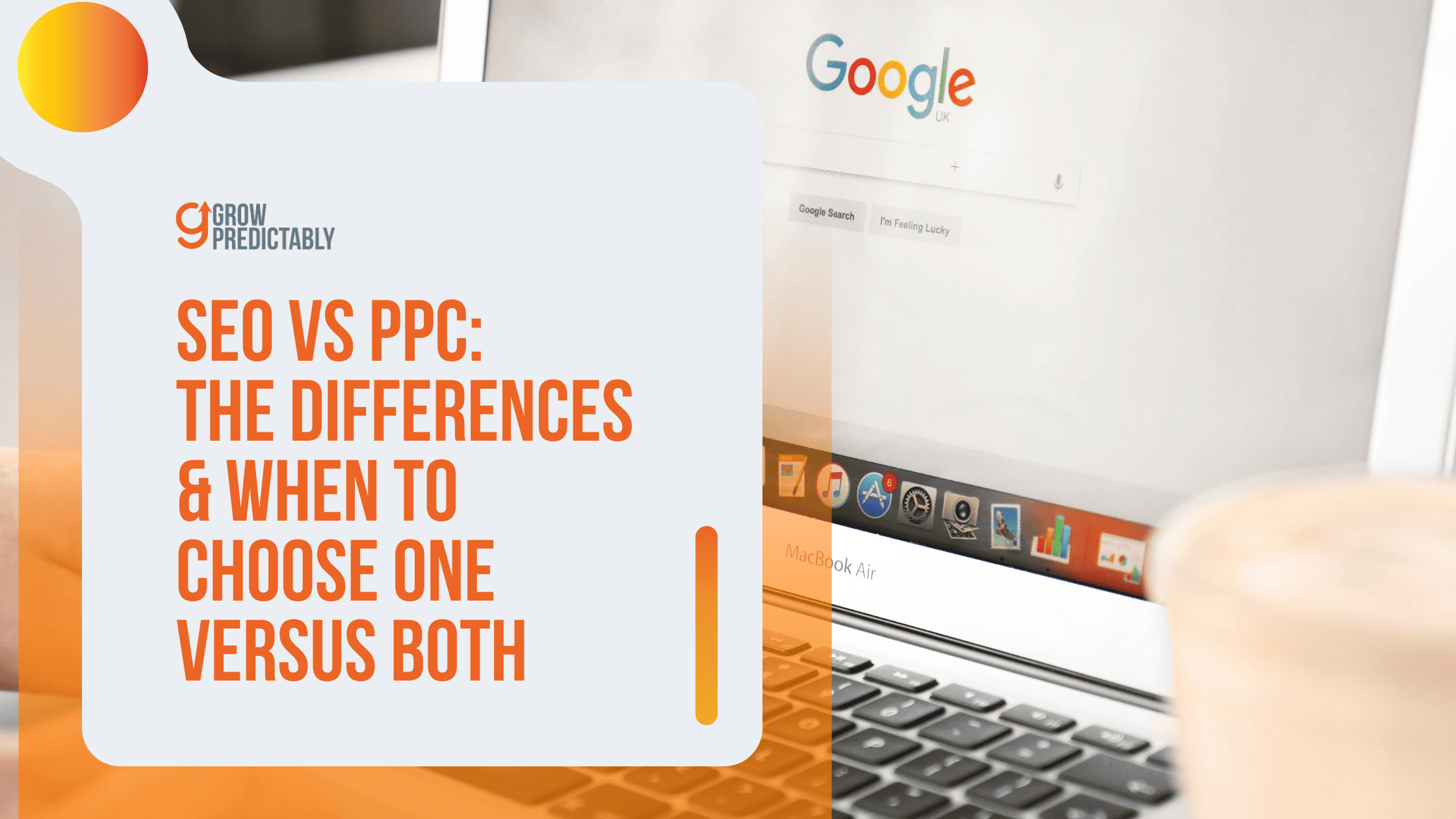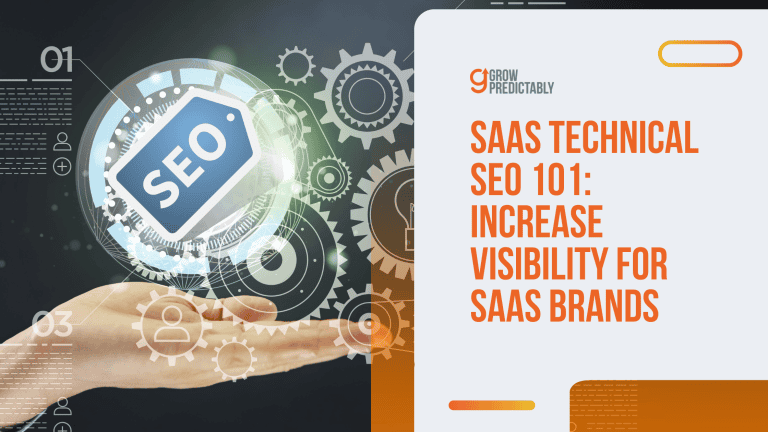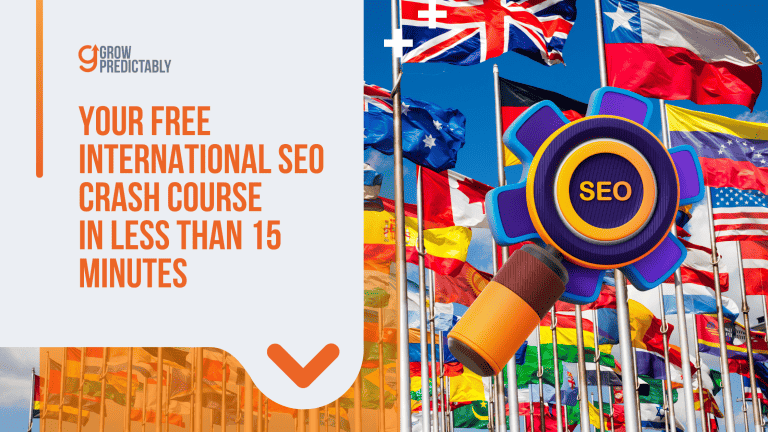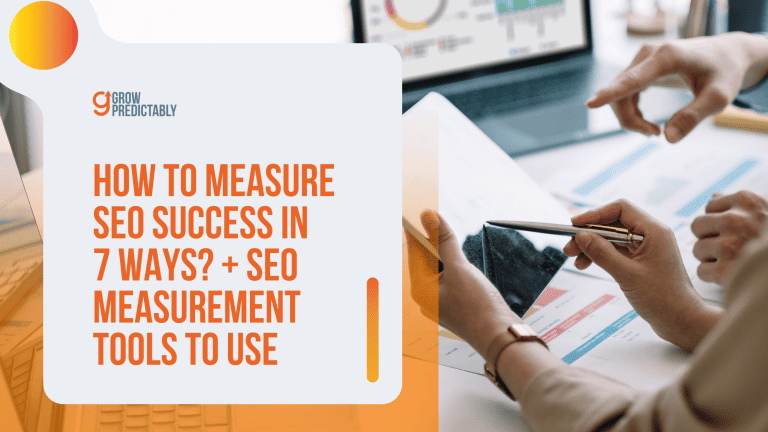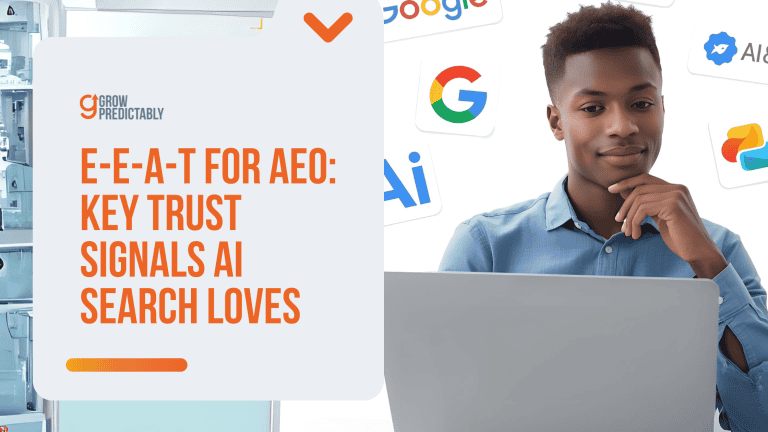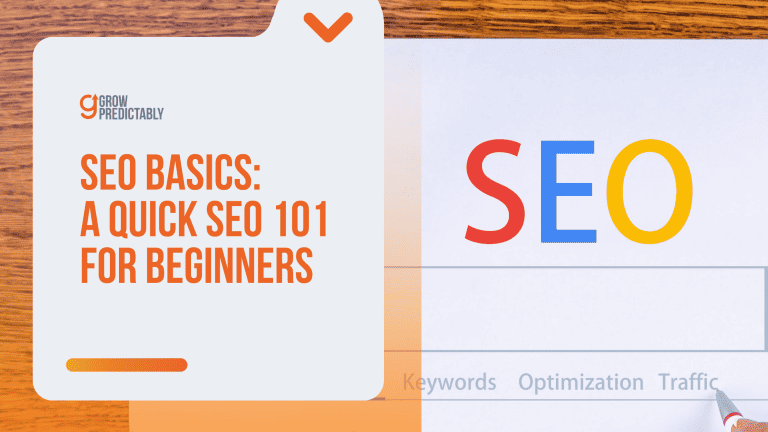SEO vs PPC: The Differences & When to Choose One vs Both
Figuring out when to choose SEO vs PPC – or both – can be challenging because many people out there have had success with SEO and many have also had success with PPC advertising.
Knowing which of the three traffic-generation strategies is the best for your business is hard. You don’t want to waste time and money on a strategy that might not work for you or for your business.
You’ve got a decision to make, and it’s a serious one. That’s why in this guide, we’ll help you learn the differences between SEO and PPC, when it’s best to use each strategy, and how you can maximize the benefits of the two.
What is SEO?

SEO (Search Engine Optimization) is the process of optimizing web pages and their content to make them more visible, appealing, and understandable to search engines.
Since customers online leverage search engines to find products and services, this means SEO is a fundamental element in marketing a business.
The main goal of SEO is to rank high on search engines, particularly on the first page of search results.
The higher a web page ranks on search engines, the more they’re considered as trustworthy, they get more site traffic, and they get better chances at converting leads.
This can involve optimizing content for keywords, creating high-quality backlinks, and improving site structure to improve visibility on search engine results pages.
In general, search engine optimization is comprised of the following major areas:
- Keyword Research
- Content Creation
- On-Page SEO
- Off-Page SEO
- Technical SEO
- Local SEO
- International SEO
Keyword Research
Keyword research is the process of identifying the words and phrases that people use to search for information online, then optimizing your website’s content to include those keywords in order to rank higher in organic search results.
Content Creation
By creating high-quality, keyword-rich content, you can naturally improve your website’s visibility and rank in search engine results pages. Good content can also help attract links from other websites, which can further improve your site’s authority and position in organic search results.
On-Page Optimization
On-page optimization is the process of optimizing website content to ensure it is properly structured and formatted for search engines.
This includes adding keywords and meta descriptions to the HTML code, structuring headings, URLs, and internal links, improving page load speed, and ensuring images have proper alt tags.
Off-Page Optimization
Off-page optimization includes activities such as link building, broken link building, writing as a guest author, and other activities outside of your website that helps attract organic traffic.
Off-page optimization helps to create a strong and positive online presence for your website, which can lead to increased traffic and better search engine visibility.
Technical SEO
Technical SEO also involves making sure that all parts of a website are properly indexed by search engines to improve its overall ranking.
It involves optimizing websites using techniques such as URL optimization, website speed optimization, creating sitemaps and robots.txt files, improving page titles and meta descriptions, and ensuring the site is mobile-friendly.
Local SEO
Local SEO helps businesses capture more customers from the local area who are searching for services or products on search engines. This includes activities such as creating citations, optimizing content for local keywords, using map packs, and increasing visibility on business directories.
International SEO
International SEO is a specialized form of SEO that is focused on helping websites reach an international market.
It involves optimizing a website to rank in different countries, including the selection and optimization of keywords, localizing content, setting up hreflang tags, and modifying the website URL structure for improved performance in each country.
Why Businesses Invest in SEO
There are numerous studies that show the huge potential behind SEO and the reason why it has now become an integral part of today’s marketing. Below are a few statistics that can help explain why you should take SEO seriously.
- Compared to organic social media, SEO can drive 1000% more traffic. (BrightEdge)
- Leads obtained from SEO have a 14.6% close rate. (HubSpot)
- Search engines start 68% of all online experiences. (BrightEdge)
- 53.3% of all website traffic is organic traffic. (BrightEdge)
- The majority of businesses spend $5000 monthly on SEO. (SparkTorro)
What is PPC Advertising (Pay-Per-Click Advertising)?

PPC ads (Pay-per-click advertising) is an online advertising model in which advertisers pay a fee each time their ad is clicked. PPC advertising allows advertisers to target specific audiences and drive more traffic to their websites.
PPC ads typically appear in the form of text, graphics, or video placed on search engines, websites, or social media networks.
Performing PPC advertising can be divided into the following activities:
- Keyword Research
- Ad Creation
- A/B Testing
- Bid Management
- Landing Page Optimization
- Campaign Monitoring and Adjustment
Keyword Research
With keyword research, you can identify profitable keywords with high click-through rates that are specifically tailored toward your target audience.
This helps you make sure that your PPC advertisements are properly targeted, leading to higher conversion rates and better return on investment.
Ad Creation
In PPC ads, you have control over a lot of things – one of them is design. Ad creatives involve everything from designing an eye-catching headline to crafting a compelling call to action in order to drive conversions.
Additionally, effective ad creatives must include relevant keywords that align with the target audience’s search intent, making sure that they appear in the right places at the right times.
A/B Testing
By split-testing different ad creatives, you can determine which ones are most effective in driving clicks and conversions.
A/B testing allows you to experiment with different elements of your ads, such as the headline, copy, images, and call to action, in order to see which combinations work best.
Bid Management
By carefully managing your bids, you can ensure that your PPC ads are seen by the right people at the right time. Additionally, bid management can help you to save money on your PPC campaigns, as you can set maximum bid limits and avoid overspending.
Landing Page Optimization
By optimizing your landing pages for both user experience and search engine ranking factors, your ads can get more clicks, resulting in better outcomes for your PPC advertising campaign.
Additionally, if you are able to improve your conversion rate through landing page optimization, you will also see a higher return on investment for your PPC campaigns.
Campaign Monitoring and Adjustment
You need to stay up-to-date on your ads’ data such as click-through rate and cost per acquisition to understand if your PPC campaign is performing optimally.
By regularly assessing the performance of your campaigns and making adjustments as needed, you can ensure that you are getting the best possible results from your ad spend.
Why Businesses Invest in PPC Advertising
Digital advertising is common across different industries especially PPC ads, and for all the good reasons. Here are a few statistics that show why pay-per-click advertising is a staple technique in marketing.
- By leveraging ads, you can increase your brand awareness by 80%. (WebFX)
- Compared to users who clicked on an organic search result, users who clicked on PPC ads are 50% more likely to purchase. (WebFX)
- For every $1 spent on PPC ads, businesses get $2. (WebFX)
- Global mobile advertising spending is expected to exceed $339 million by the year 2023. (Statista)
- You can increase your conversions by 86% by using video advertisements. (WebFX)
The Difference Between SEO vs PPC
The main difference between SEO and PPC ads is that SEO is more focused on gaining visibility in organic search results, in contrast, PPC advertising gears toward giving advertisers paid traffic while requiring upfront fees for each ad click.
SEO focuses on improving website content, structure, and user experience in order to rank higher in SERPs. Ranking high on organic search results takes time, as it can take several months before you start seeing any meaningful results.
On the other hand, with PPC advertising, advertisers get prompt results at affordable fees. You can also start seeing results within just hours of launching your PPC campaigns and have full control over the budget you spend.
SEO: Pros and Cons
If you’re thinking about leveraging SEO to reach more audience online, grow your site traffic, and continuously climb up the ranks on SERPs, it’s worth noting some of the most common pros and cons that come with SEO.
Pros of SEO:
- Can bring long-term traffic and visibility
- Optimizes content for better user experience
- Is cost-effective compared to other marketing methods
- Higher ranking in SERPs increases credibility and trustworthiness
Cons of SEO:
- Requires a lengthy investment of time, energy, and money to reach desired goals
- Can take months or longer to see significant results
- No guarantee that the website will occupy the top spot in SERPs
PPC: Pros and Cons
You’re leaning more toward pay-per-click advertising because you don’t want the unpredictability of SEO? Here are the common pros and cons that people can generally expect from investing in PPC advertising.
Pros of PPC Advertising:
- You have control over the budget and can decide how much to spend
- Allows you to reach targeted customers with precision
- Reduced cost compared to other forms of advertising
- Can be used as an effective testing platform for website copy, layout, and design
Cons of PPC Advertising:
- Requires continual management in order to maintain desired results
- Ads can become expensive if left unchecked or if results are not monitored regularly
When Should You Choose SEO?

SEO is usually the best choice when you are looking for long-term visibility, increased organic traffic to your website, and ultimately higher rankings in SERPs.
SEO requires a more significant investment of time, energy, and money than PPC, but it can also generate more sustained traffic over a longer period of time.
The main benefit of SEO is that it offers an opportunity to optimize content for a better user experience and can result in higher trustworthiness and credibility when ranking well in SERPs.
If those sound like factors that you find most important to you and how you want your brand to serve value to your target audience, then SEO may just be the right route for your business.
Mistakes in SEO That You Should Avoid
Are you trying to make the most of your SEO efforts but feeling like something is missing? We’ve all been there! You may be making some common mistakes without even knowing it.
The following are the most common errors people overlook when going big in SEO. By keeping an eye on these, you’re sure to see better results with your SEO efforts.
- Trying to salvage poor content with keyword optimization – Optimizing your content with the right keywords is a top priority in SEO. But don’t expect it to do most of the work. Poor content is hard to rank. Make sure your content is made to give the best user experience.
- Not optimizing for mobile – Did you know that over half of all the searches made online come from mobile users? If your content and pages aren’t optimized for mobile, you may fail to serve so much web traffic.
- Ignoring the user experience – User experience is the most important factor in keeping people from bouncing off your pages. No matter how well your pages are keyword optimized, if it’s giving them a bad time, they’ll be off in minutes.
- Duplicating your content – Duplicating your content is an easy way of spreading them to other websites and platforms. But, take note, this may also confuse search engines on which content should rank higher, and it’s possible that the dupe content ranks higher than your original.
- Not using analytics – SEO involves a lot of processes, and if you’re not ready to track all of those, there’s no way of telling if your SEO strategy is working or if you’re just wasting your time. Analytics is a must!
When Should You Choose PPC?
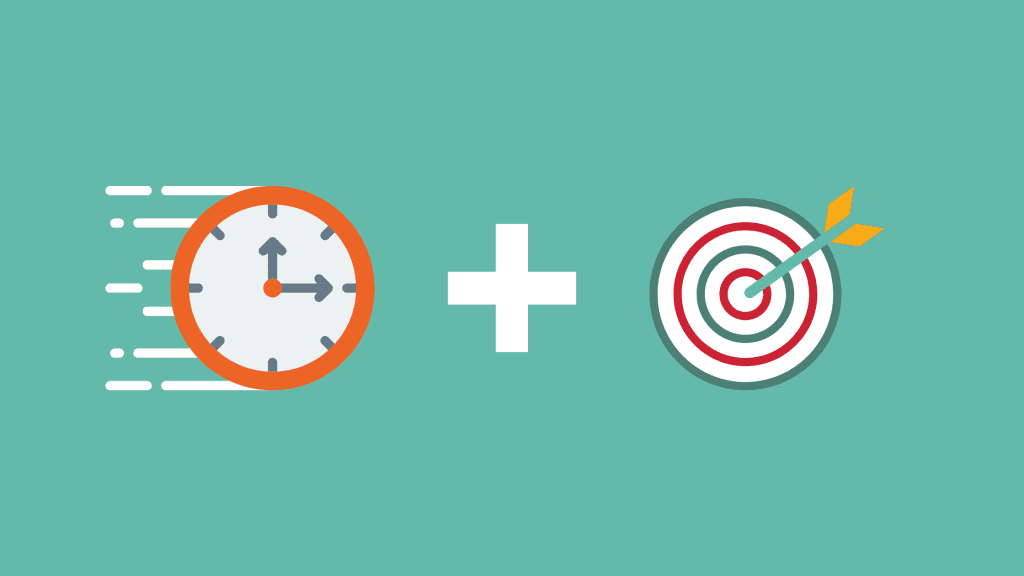
Pay-Per-Click advertising is usually the best choice when you want to quickly drive targeted traffic to your website. It’s easier to get started and it can be an effective way to test different strategies, audiences, and website designs before investing in SEO.
PPC can also provide quick visibility, especially if the campaign has been properly set up with a well-defined budget and target audience. Additionally, PPC allows you to have more control over your budget and allows you to reach customers with precision.
If you agree with all of those, that’s probably a sign that PPC advertising, compared to SEO, relates more to what you value the most in marketing your brand.
Mistakes in PPC That You Should Avoid
Planning to manage your first PPC campaign? If you are, you need to be aware of what to avoid to start things right. In advertising, mistakes can easily lead to costly losses.
Let’s explore some of the most common missteps people make when it comes to setting up and running a PPC campaign.
- Poor audience targeting – With digital advertising, you get so much control over who gets targeted by your ads. That’s why audience targeting is something that should never be overlooked nor be neglected.
- The ‘Set and Forget’ Approach – After an ad is launched some advertisers tend to bounce right off thinking their job is done. It’s not. Ads need to be monitored and adjusted periodically. Setting and forgetting is a sure recipe for wasting funds on ads that will prove to be ineffective.
- Unclear campaign goals – Without a clearly defined goal, you may end up spending too much money on poor-performing campaigns. Additionally, if your goal is not clearly stated, you will find it difficult to track progress over time and measure the success of your efforts.
- Poor landing pages – Your landing pages should be attractive and relevant to the ad, as well as optimized for conversions. Without an effective landing page tailored to the goal of your campaign, visitors may not find what they’re looking for and leave quickly without converting.
- Scaling your ads too quickly – While increasing budgets and scaling campaigns may seem like the right step to take, it is important to analyze performance data first in order to inform any decision-making.
SEO vs. PPC – Why Not Both?
While SEO and PPC both have their own advantages applied in many business cases, there are businesses out there that are experiencing far better results compared to those that only use SEO or those that only use PPC.
Like what’s said at the beginning of the article, many businesses have succeeded with SEO and have also observed great results with PPC advertising. But this is old news.
If both SEO and PPC marketing have been proven effective in boosting business reach, strengthening brand recall, and increasing conversions among others, wouldn’t it only make sense to leverage the two together?
Using both SEO and PPC can help you get the most out of your digital marketing strategy. SEO helps you make sure that people can find your website when they search for it, while PPC lets you pay for ads so more people will see them.
Together, SEO and PPC can help you reach more people than if you just used one or the other.
3 Ways to Combine SEO and PPC Advertising for Maximum Impact
Combining SEO and PPC marketing is a great way to maximize your online visibility and increase conversions. Both strategies have their own advantages, so combining them can give you the best of both worlds in supercharging your digital marketing strategy.
Here are three ways you can use SEO and PPC together to drive targeted traffic, boost brand awareness and secure high-value leads.
1. Advertise your content
Creating content – whether that’s an article, an opinion piece, a review, or a case study – takes time. And it should because you want to serve your audience with high-quality sources. But sometimes it doesn’t get to as many people as you want.
By leveraging both SEO and PPC, you can maximize the potential of your offers online. The possibilities of investing in SEO or in PPC are undeniable, but more so is the synergy that comes out of combining the two.
Just like this toolkit that ClickMinded released.

They didn’t just settle with releasing a high-value online resource, they made sure to advertise it to get it in front of more people who are following pages about digital marketing on Facebook.

Although, do note that PPC advertising is not only exclusive to Facebook. You can also do it through Google ads, Tiktok ads, Twitter, and others.
2. Use PPC Insights as Intel for Your SEO Content
Here’s one trick that can bring your digital marketing strategy great value.
Let’s say you’re experimenting with a keyword that you want to rank on the first page of the SERP. With SEO alone, this can take you months before you see the results that you want. And even if you do reach Google’s first page, no one can tell how well the content will do in terms of conversions.
To fast-track your goal of finding out which keywords will work the best in your favor, experiment with keywords using PPC ads instead. With a PPC campaign, you get faster results and you’ll also gain faster insights on whether or not that keyword you’re eyeing is worth it.
Through a PPC campaign, you can quickly identify which keywords are bringing in the most traffic and conversions, allowing you to optimize your content around those terms. With this data, you can then create stronger keyword strategies for organic SEO efforts.
When creating a PPC ad, don’t hesitate to test different:
- headlines and copy
- promises and angles
- ad creatives
- styles of messaging
And other ad elements that you can later transfer onto your search-engine-optimized content from the data you’ve gathered from your PPC campaign.
3. Recapture Your Organic Traffic
Building up organic traffic through SEO can take months and sometimes even years of experimenting with a keyword. This can take up so much time on research regarding the search intent behind a keyword, creating the perfect content, and auditing.
Unfortunately, this level of effort does not promise that people will complete the actions that you want them to complete on your site. Most of the time, they will leave after scanning for a few minutes.
This is where retargeting comes in. Retargeting users that visited your site with ads tactically designed to recapture their attention is a great way to condition users back to your website.

Retargeting ads are not a promise that users will close any transaction with you right away, but they will definitely keep you and your brand on the user’s radar every time they see your ad on other websites.
The reality is when people see your ads over and over, they remember you better. When users get accustomed to seeing your ads, your offers, and your brand – you remain top of mind for them.
And when you’re top of mind, the next time they search for something that’s related to your niche you’re the first choice that they consider.
FAQs
If there are still some issues bothering you about SEO vs PPC, the following questions that we’ve compiled are among the most frequently asked questions regarding SEO and PPC marketing. Let’s answer them all below.
In Summary
Overall, SEO and PPC are great investments for any business. When used properly, these two strategies can work together to bring you more website traffic and increase sales.
If you decide to use one or both of these strategies, it is important to understand the differences between them so that you know what to expect from your investment.
Additionally, understanding when to invest in either one and knowing what mistakes to avoid when using them will help you get the most out of your investment.
Investing in both SEO and PPC is often a wise decision for those who want maximum results from their marketing efforts. When used right, they can bring remarkable results to any business’s bottom line.

